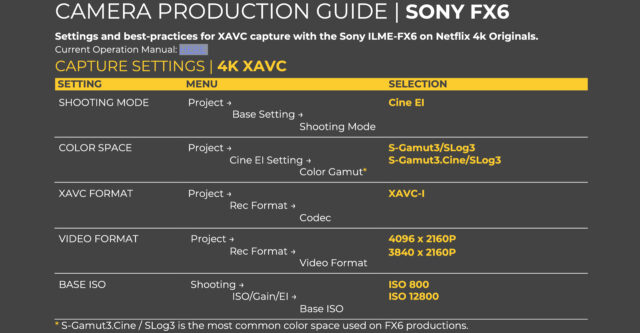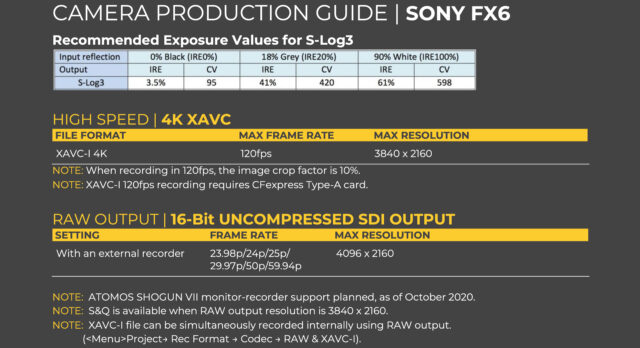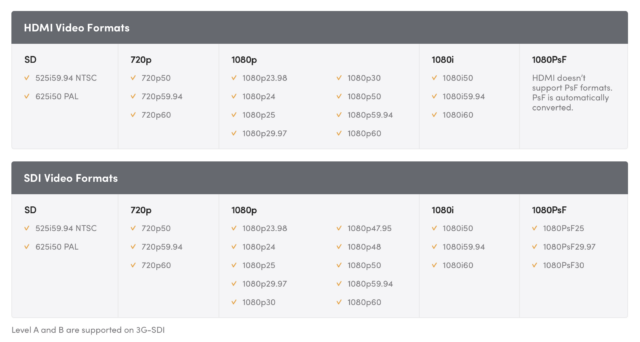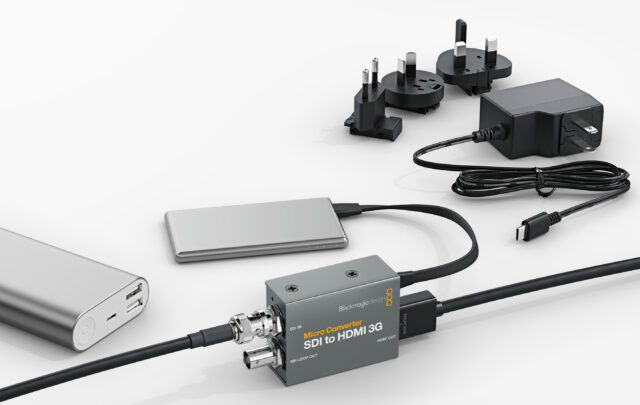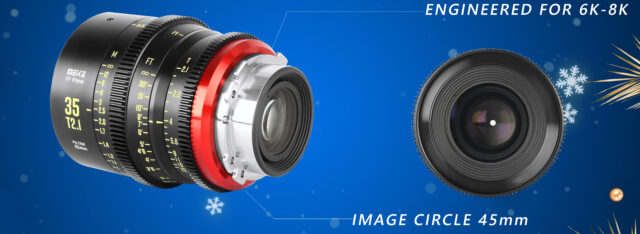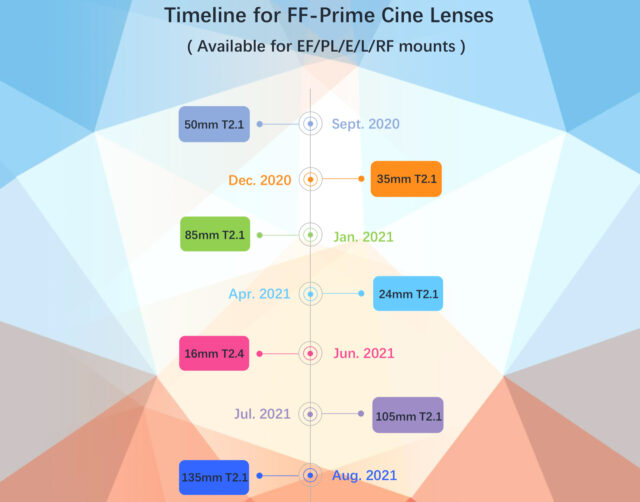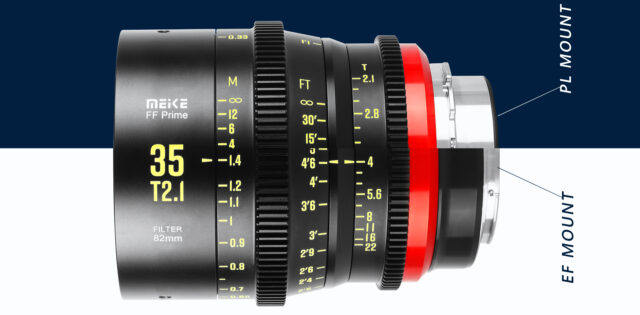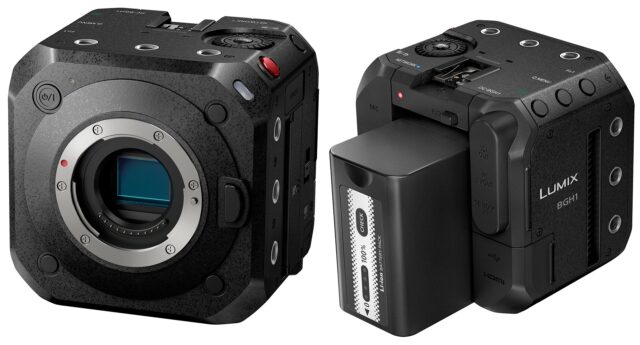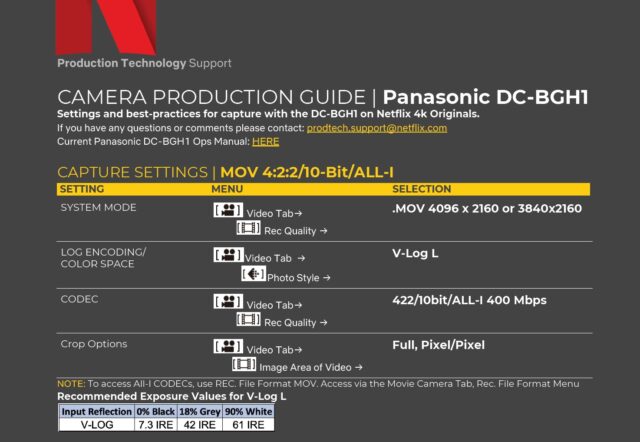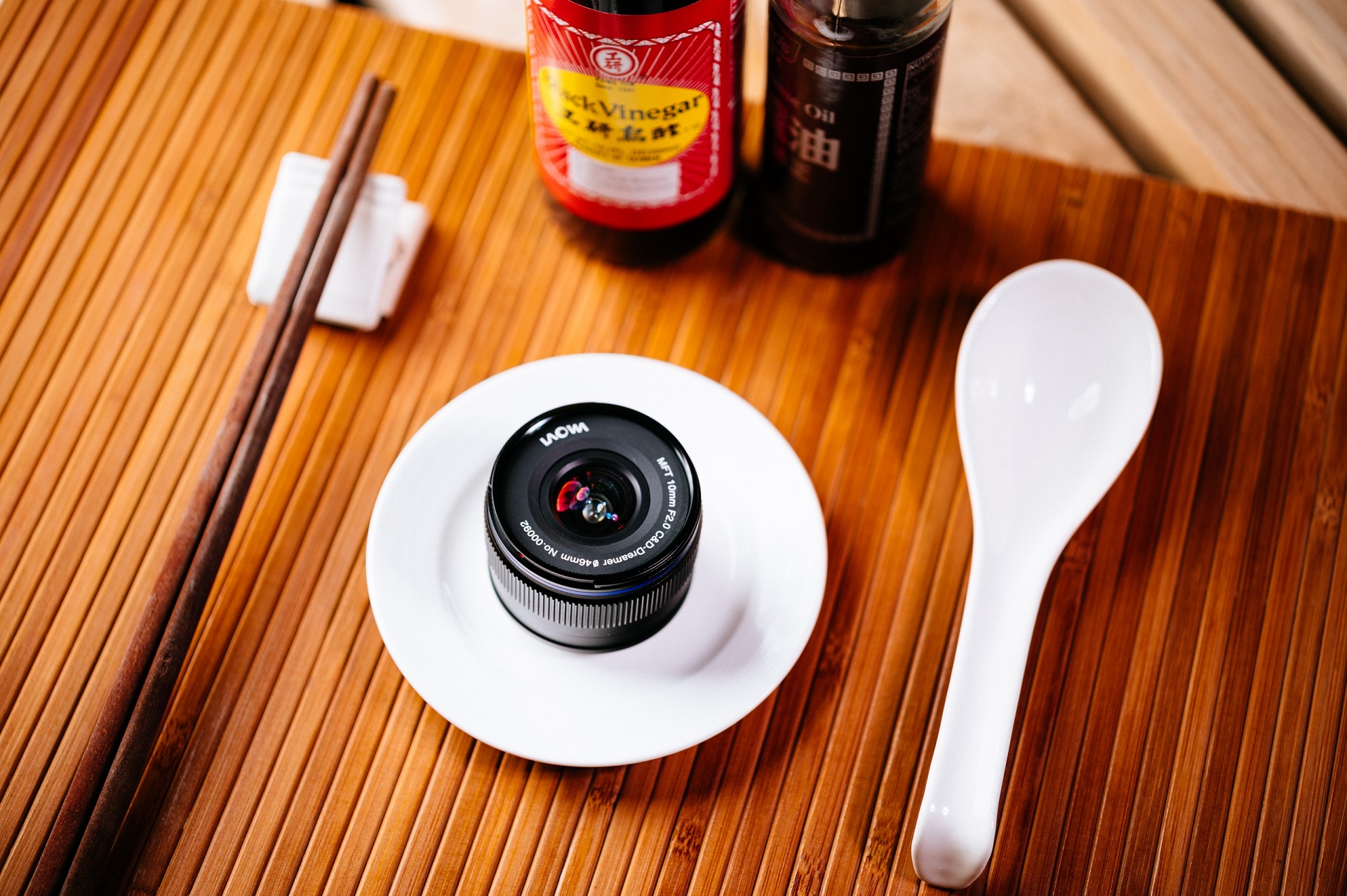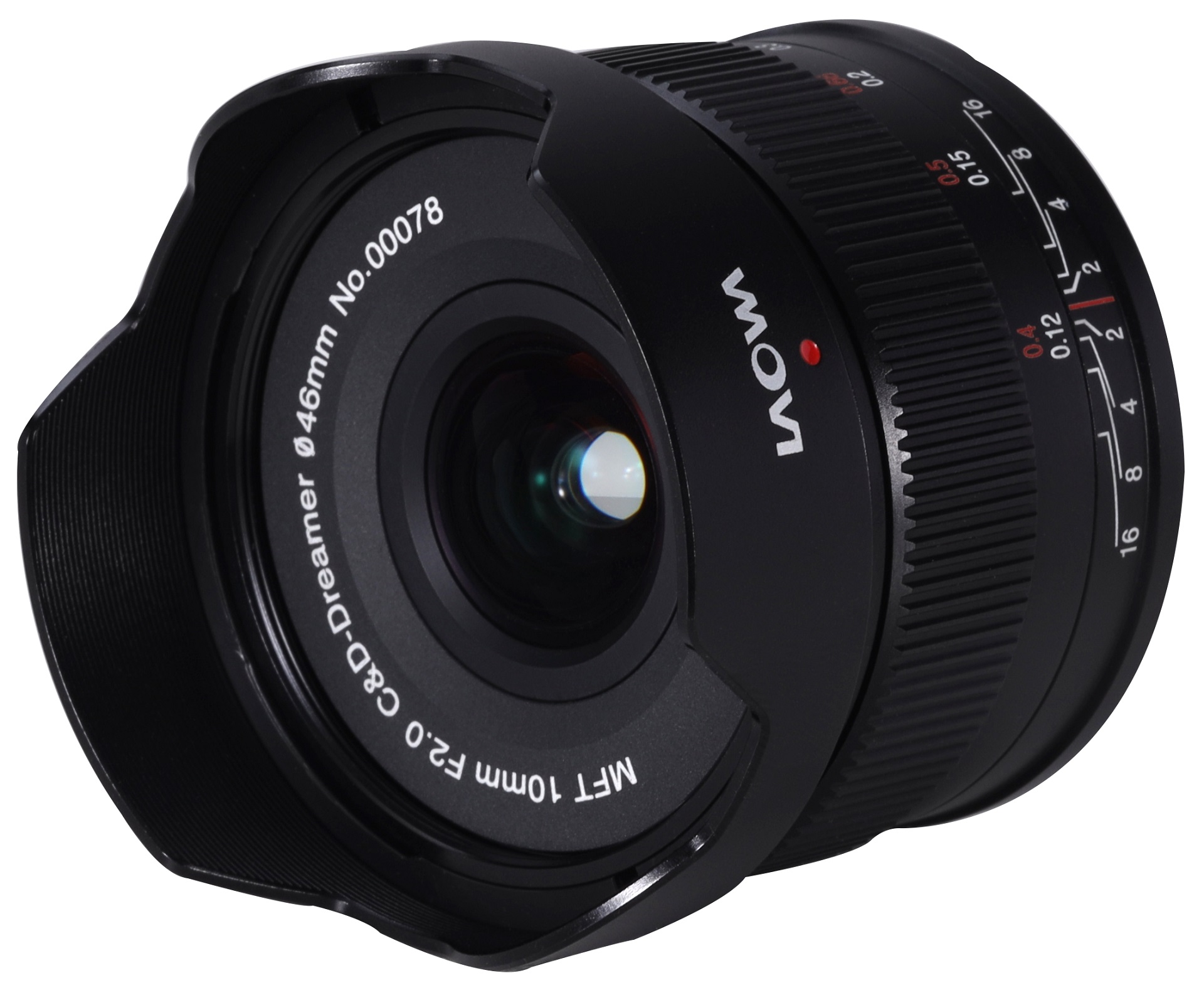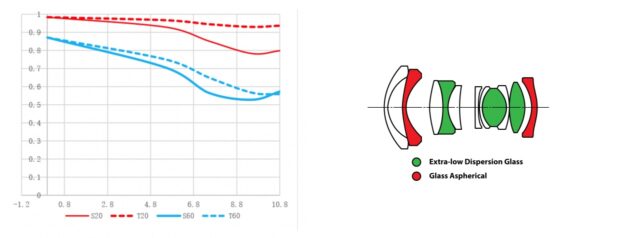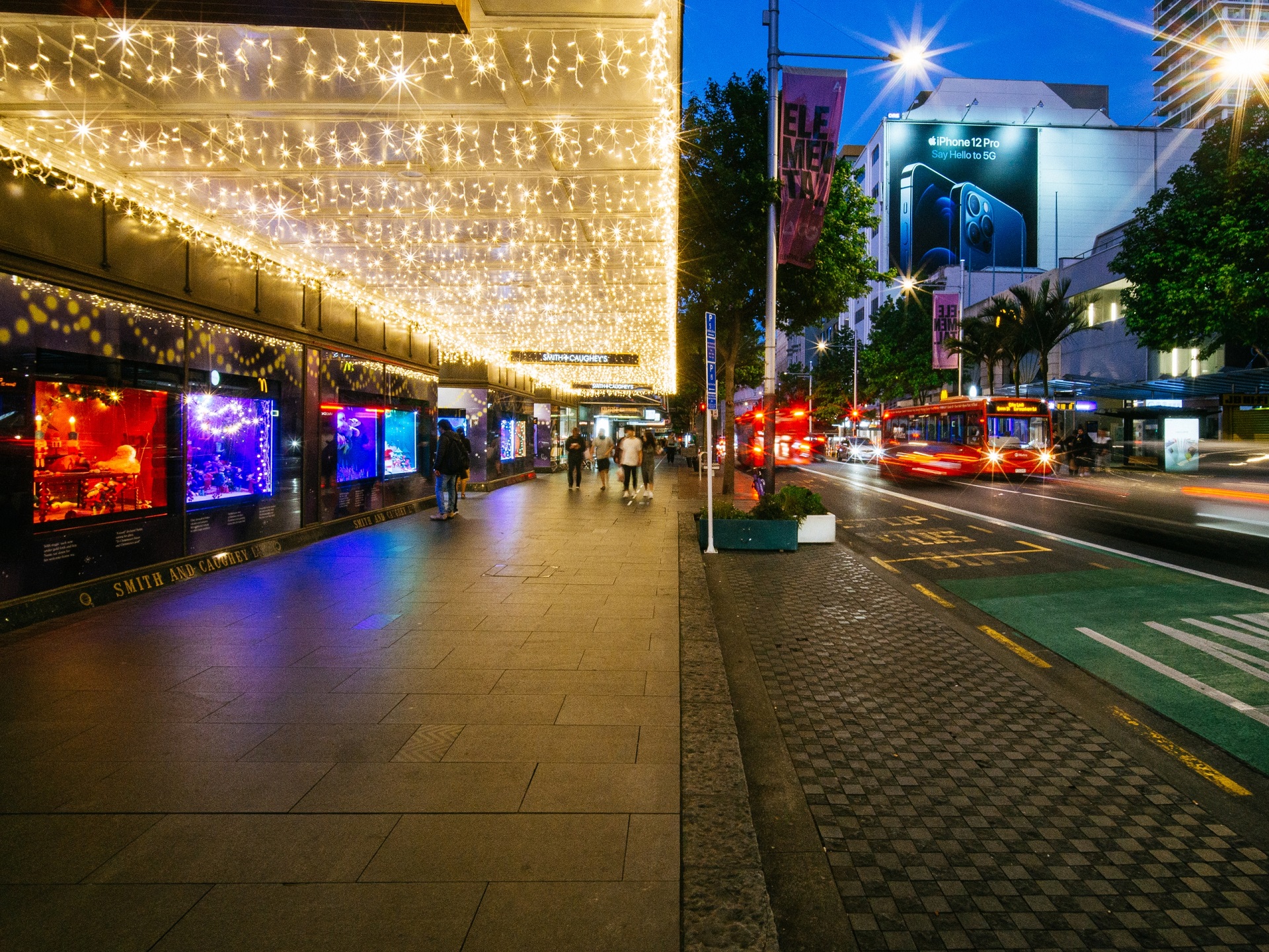Chinese lens manufacturer TTArtisan recently launched a new lens compatible with APS-C and Micro 4/3 cameras: the TTArtisan 50mm f/1.2. This entirely manual lens is available in Sony E-mount, Canon M-mount, FUJIFILM X-mount, and MFT lens mount. Let’s take a closer look!
TTArtisan is a young Chinese company that specialized in affordable photography lenses. At the moment, their lineup consists of an 11mm f/2.8, 21mm f/1.5, 35mm f/1.4, a 50mm f/1.4, and 50mm f/0.95 lenses for Leica M-Mount cameras. Some lenses like the 11mm f/2.8 are also available for Nikon Z, Canon RF, Leica L, and Sony E-Mount cameras.
The company recently introduced a new lens for APS-C and Micro 4/3 cameras, the TTArtisan 50mm f/1.2.
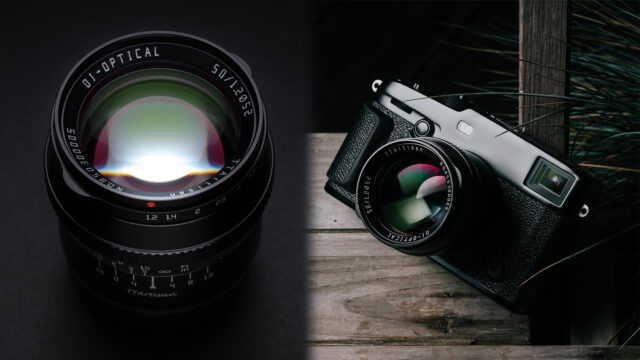
TTArtisan 50mm f/1.2 features
The TTArtisan 50mm f/1.2 is a compact (62mm x 60mm – w x h) and lightweight (336g) compatible with APS-C and Micro Four Thirds cameras. With a maximum aperture of f/1.2 – the aperture ring is not de-clicked – this entirely manual lens could be a nice addition to your kit for low light situations.
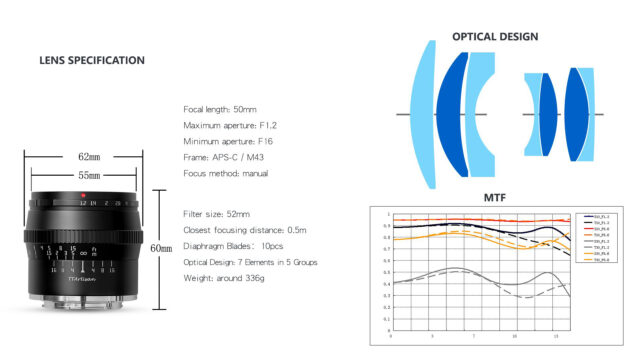
The lens design of this lens consists of seven elements in five groups. The minimum focusing distance is 50cm, and the front filter is 52mm to attach filters. The aperture diaphragm consists of 10 blades, which should give you a nice bokeh.
Price and availability
The TTArtisan 50mm f/1.2 is available now for $98 in Sony E-Mount, Canon M-Mount, FUJIFILM X-Mount, and Micro Four Thirds lens mount. Please note that the lens mount doesn’t seem to be user interchangeable.
With such an aggressive price tag, I don’t expect massive optical performances at the maximum f/1.2 aperture. Still, if you’re a fan of really shallow depth of field, this lens can have some character at an unbeatable price.
For more information, please visit TTArtisan’s website here.
What do you think about this new TTArtisan 50mm lens? What is your go-to 50mm lens? Don’t hesitate to let us know in the comments below!
